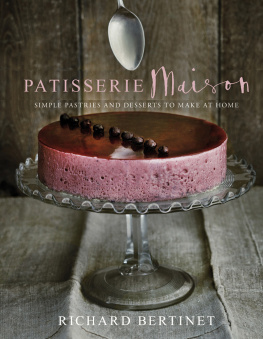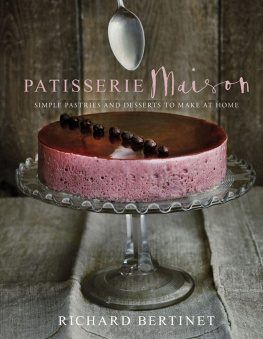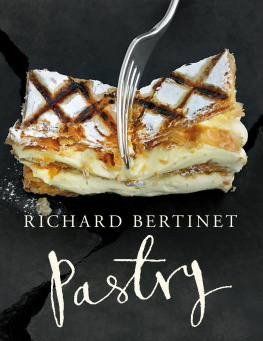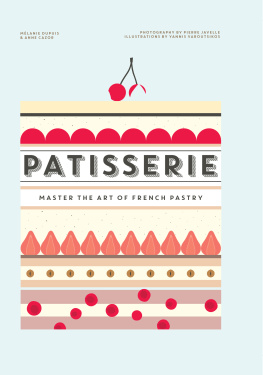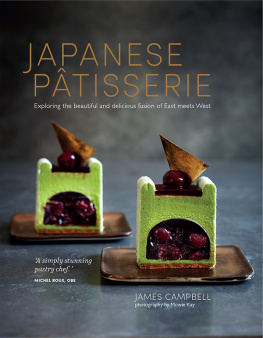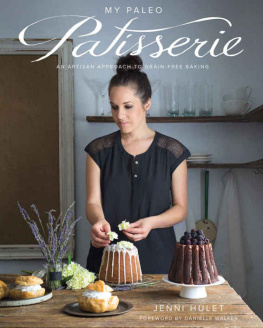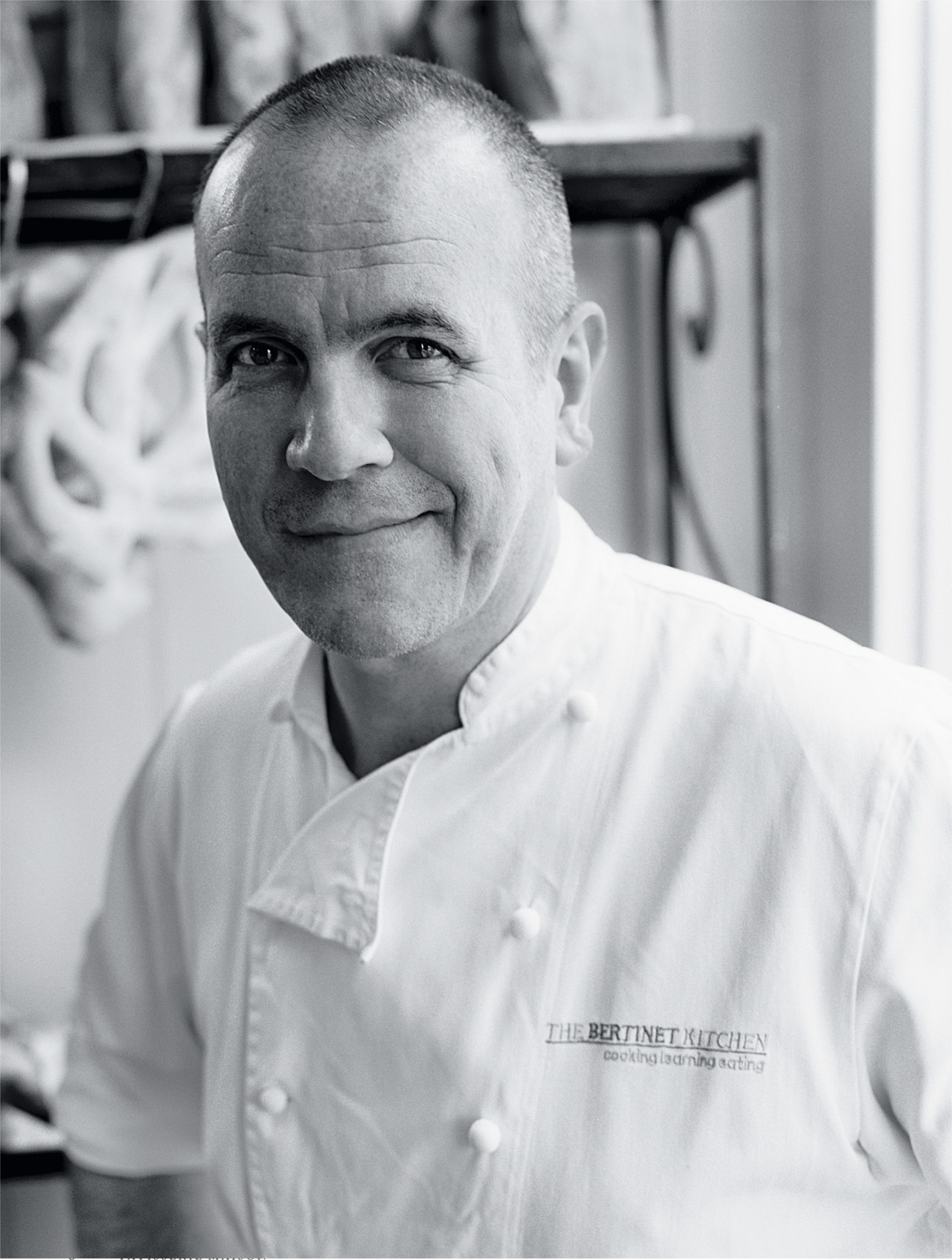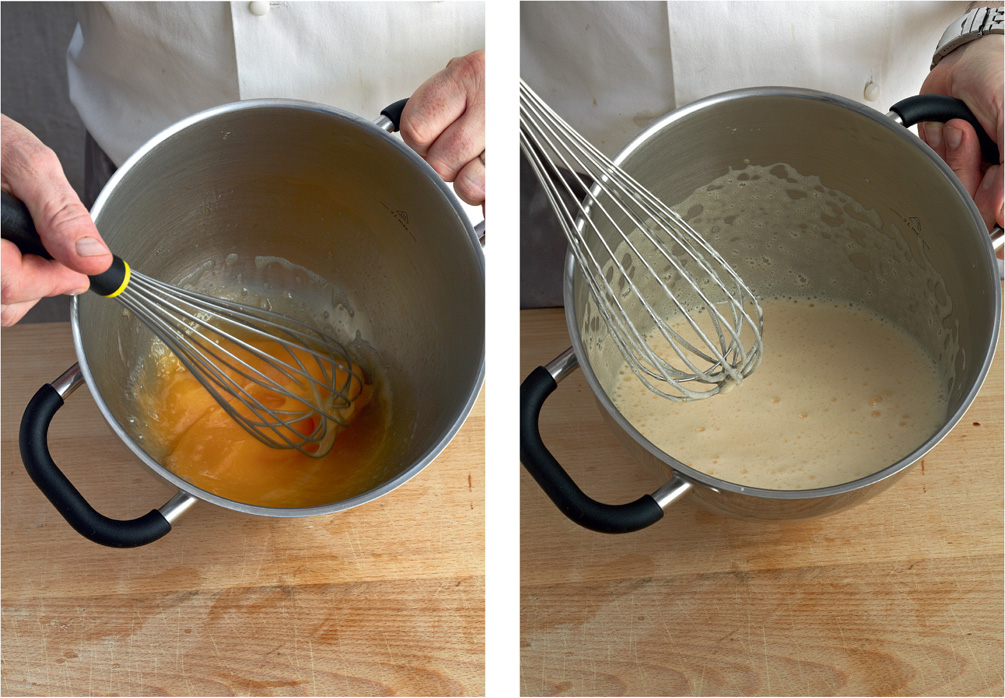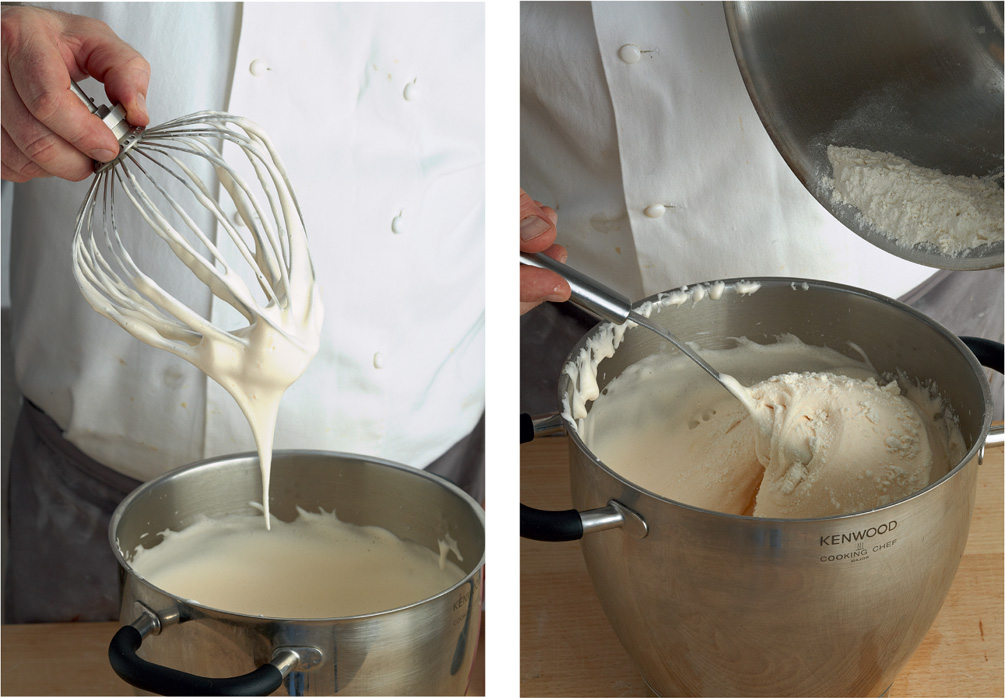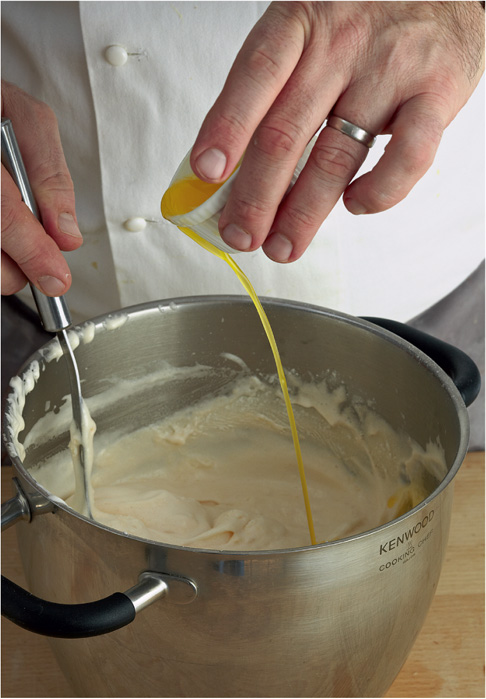About the author
Originally from Brittany, France, Richard Bertinet trained as a baker from the age of fourteen. Having moved to the UK in the 1980s, he is now very much an Anglophile.
With twenty years experience in the kitchen, baking, consulting and teaching, Richard moved to Bath in 2005 to open The Bertinet Kitchen cookery school. The school attracts people from all over the world to participate in Richards classes and has been highly praised, including recognition by US Gourmet magazine and the television series Adventures with Ruth [Reichl], in which it featured as one of the best cookery schools in the world.
As well as instilling passion through his teaching, Richard works as a consultant for major manufacturers developing speciality products throughout the industry.
The Bertinet Bakery started life as a weekly pop-up shop above the cookery school in 2007 but has grown to a much larger affair, producing breads and pastries for restaurants, hotels and food stores in the South West. It also supplies the bakerys own shops in Bath, with more to come further afield. The bakerys signature sourdough loaf was the winner of the Soil Associations award for Best Baked Good in 2010 and 2011.
Richards first book, Dough, received a host of accolades, including the Guild of Food Writers Best First Book Award, the Julia Child Award for Best First Book, a James Beard Award for Best Book Baking & Desserts and the International Association of Culinary Professionals Cookery Book of the Year Award. His second book, Crust, was also published to critical acclaim and received a World Gourmand Award. His third book, COOK, focused on many of the dishes taught at the cookery school. His most recent book, Pastry, was published in 2012.
Richard was named BBC Food Champion of the Year 2010 at the BBC Food & Farming Awards. For more information about Richard, The Bertinet Kitchen and The Bertinet Bakery, visit www.bertinet.com.
About the book
FROM THE AUTHOR OF PASTRY, A BRAND-NEW, ACCESSIBLE GUIDE TO MAKING AUTHENTIC PATISSERIE AND DESSERTS AT HOME.
Many novices as well as experienced cooks want to take their pastry skills one step further. The art of patisserie is now yours to master under the expert guidance of Richard Bertinet.
In Patisserie Maison Richard takes you through basic techniques, covering the classics of the patisserie counter. With over 50 easy-to-follow recipes, including Almond clairs, Gteau St Honor, Rum baba, Paris Brest, Chocolate meringue tart and Blackcurrant mousse, and step-by-step photographs, this book opens up the world of divine sweet creations.
Originally trained as a baker in Brittany, Richard has over 20 years experience in the kitchen, baking, consulting and teaching. In 2005 he set up The Bertinet Kitchen cookery school in Bath, which now attracts people from all over the world to participate in his classes. His first book, Dough, was awarded The Guild of Food Writers Award for Best First Book, the Julia Child Award for the Best First Book and the James Beard Award for Best Book Baking and Desserts. Patisserie Maison is his fifth book.
Recipe List
Genoise sponge
A good genoise sponge is one of the fundamentals of patisserie. You will find a layer of plain or chocolate sponge being used in many of the recipes in this book, such as Tiramisu (see . I suggest you bake a few trays at a time and freeze what you are not using immediately, ready to defrost when you need it. The quantity below will make enough for two shallow (2cm) rectangular sponges baked in a tray approximately 35cm 27cm.
You could also use this recipe to make one 21cm round or equivalent square cake (7cm deep), which will need around 20 minutes in the oven until it is golden and springs back if you touch it gently in the centre. A skewer inserted into the middle should come away clean.
Once the cake has baked and cooled, you could simply halve it horizontally, brush each cut surface with sugar syrup flavoured with a dash of kirsch (see ) and fresh raspberries or strawberries. Finish with a dusting of icing sugar on top.
125g caster sugar
4 medium eggs
125g plain flour, sifted
25g butter, melted
a little butter for greasing the tin
Grease two 35cm 27cm 2cm baking trays with a little butter and then line them with baking paper.
Preheat the oven to 180C/gas 4.
Put the sugar and eggs in a bowl (use the bowl of your food mixer if you have one), and stir with a whisk, then put the bowl over a pan of barely simmering water (dont let the base of the bowl touch the water).
Whisk for about 34 minutes, until the mixture is foamy and has tripled in size.
Transfer to a food mixer with a whisk attachment, or use a hand-held one, and whisk at high speed for about 45 minutes until the mixture has cooled down and clings easily to the whisk, which will leave ribbon patterns in the mixture as you lift it.
Very gently fold in the flour a little at a time with a metal spoon you want to keep as much air in the mixture as possible.
Then, again very gently, fold in the melted butter.
With a spoon, turn the mixture into your trays and tilt it so that it spreads into the corners.
Bake in the preheated oven for 1215 minutes until golden and the centre is springy to the touch. With shallow tray sponges like this you can tell easily when they are done, so there is no real need to do the skewer test though you can, if you prefer.
When the sponge is baked, turn out onto a cooling rack. Now the sponge is ready to use in your chosen recipe. Or to freeze, leave the sponge on its greaseproof paper, put another layer on top, and wrap well in clingfilm before putting into the freezer, where it will keep for around three months.
Variations:
For chocolate genoise
sieve 1 tablespoon of cocoa powder with the flour.
For coffee genoise
sieve 1 tablespoon of very fine instant ground coffee with the flour.
For vanilla genoise
add either 1 teaspoon of vanilla extract, 1 teaspoon of vanilla bean paste, or the seeds of one vanilla pod to the mixture with the egg and sugar.
For orange genoise
add the grated zest of one orange, and a drop of orange essence or orange flower essence to the mixture before folding in the flour.
For lemon genoise
add the grated zest of one lemon and a drop of lemon essence to the mixture before folding in the flour.

